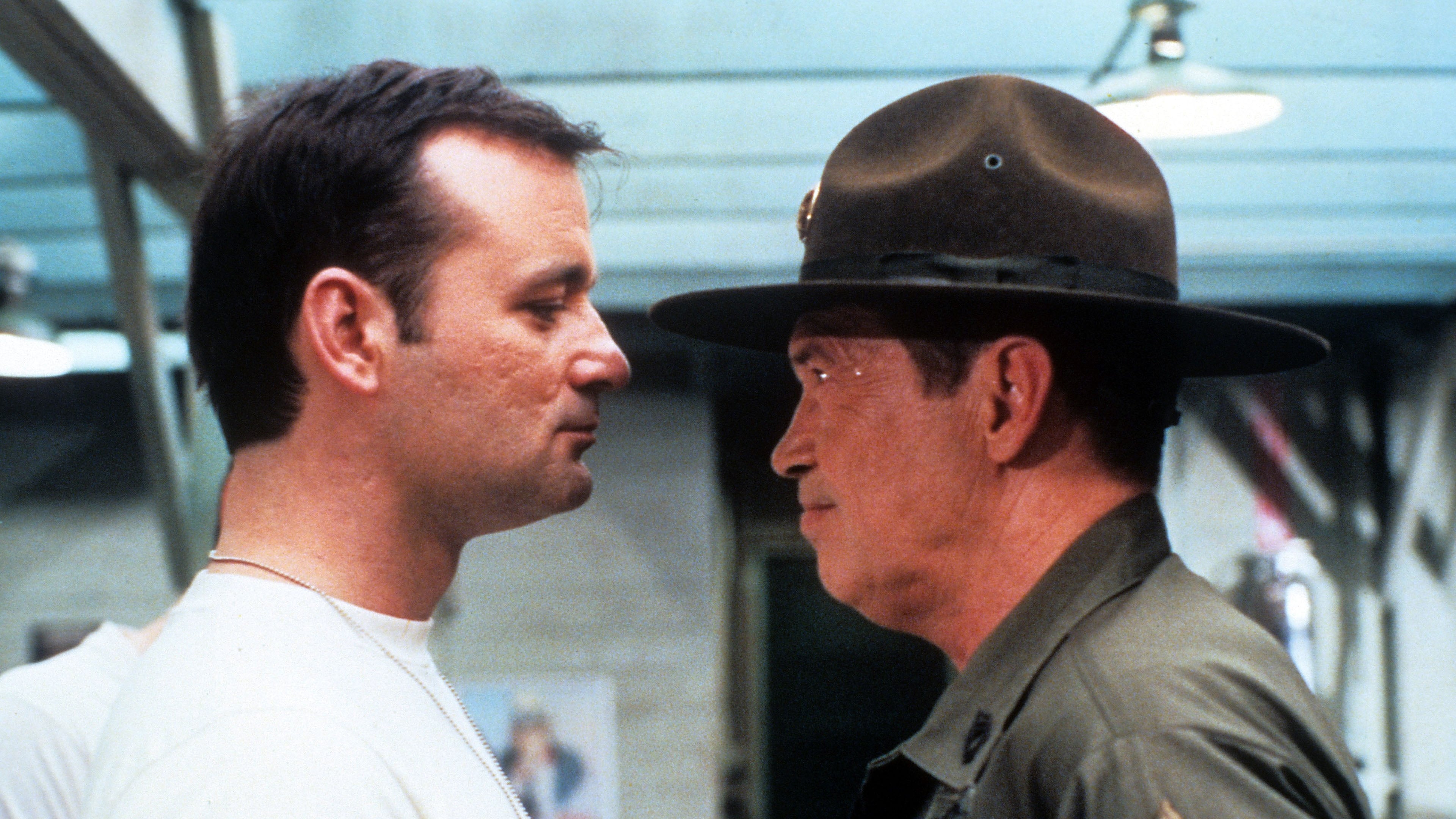


All are coping with trauma, but the trope (significantly written by men) is that their anger should be directed inwardly, irrationally, and self-destructively.ĭavid O. Even The Legend of Korra, a show dear to my heart, has it’s protagonist lose her traditional Water Tribe ponytail after her experience fighting the baddie. Tris dons a pixie cut from the second Divergent film after being forced to kill a friend, and following a violent rape scene, Jodie Foster’s character in The Accused rids herself of her blonde locks. Which leads me onto another factor of this symbol of women cutting off their hair the age-old stereotype of hysterical women.

Although, in all fairness, the film acknowledges that Amy is slightly off her rocker. Cool girl is hot’.” It’s ironic, then, that her malice seems to be directed at herself, and ridding every fragment of this patriarchal idea of ‘girl’ and the feminine. Men always use that don’t they, as their defining compliment. It’s what Amy Dunne says in Gone Girl while she chops her hair into a bob in a gas station toilet after faking her own murder: “Nick loved a girl I was pretending to be. Probably because she doesn’t get Danny until after this transformation. It’s still feminine, but it’s the cool, edgy, sexy feminine – not the soft girly side that we’re so often led to think of as inferior. Salma Hayek’s portrayal of artist Frida Kahlo cuts her hair to the scalp while drinking heavily and wearing an uncharacteristically charcoal suit after finding her husband Diego cheating on her.Įven in Grease, when Sandy throws away her pastel clothes and long locks for a curly perm and a catsuit, this theme prevails. ‘Do you want me to be a doll forever?’ screams Claudia to her two father figures as she grabs some scissors and attacks her curls in Interview with a Vampire. It’s a rebellious act in itself.īut there is a point where rebellion becomes a rejection of femininity, and it’s sadly the most common example I could find. There’s a real sense of taking back control of what’s been denied her, while still caring deeply about her role to play in her family: not as a wife but as a warrior. It’s not taken on because her dishonour of womanhood has been revealed (yet), but it echoes that idea of cutting ties to the traditional values she’s been raised on. In Mulan, the heroine cuts her own hair to save her father and head into the lion’s den herself. A rejection of their old individual, and of their society. But, when done out of their own volition, it represented a ‘break with their own past’. On the other side, hair was the ultimate symbol of womanhood, thus cutting their own hair to disguise themselves and escape villains was an almost desperate act. Traditionally, to have your hair cut from its long, bound default in ancient Asia was the definitive mark of dishonour for men. Practically, she can now hide her identity as she takes his place (along with some attempts at making her voice lower and some close encounters while bathing). Once he is asleep, she takes his letter, dresses in his armour, and uses his sword to cut her hair to her shoulders.

But after her ill father receives conscription to the Chinese army, Mulan changes just what kind of honour that will be. ‘ You’ll bring honour to us all’, insists the Disney lyrics as she’s poked and prodded into a marriageable woman. You can’t talk about hair transformations in film without also mentioning Mulan. She escapes the capital after her father’s beheading in the first season of Game of Thrones, and when we meet her again, she’s got a boyish cut to her hair and is calling herself Arry. And don’t forget a personal favourite of mine, the hero of Winterfell, Arya Stark. The long-lost twins in Parent Trap make sure they’re indistinguishable from one another by giving each other matching hairdos. In its simplest form, a woman cutting her hair is used as masquerade. Representative of rebellion, associated as it is with masculinity as a way of disguising oneself a self-destructive tool for coping with trauma even as punishment or to inflict humiliation. And so, a woman getting a haircut on screen, be it film or tv, can often be used symbolically. Pretty much all the Disney princesses have flowing locks or crazy curls, from Ariel to Merida to Moana, it’s the beauty norm. 3 A Cinematic Odyssey of Women Cutting Their Hair On-ScreenĪ woman’s hair is the ultimate symbol of femininity, linking back to traditional ideas that beauty is power.


 0 kommentar(er)
0 kommentar(er)
